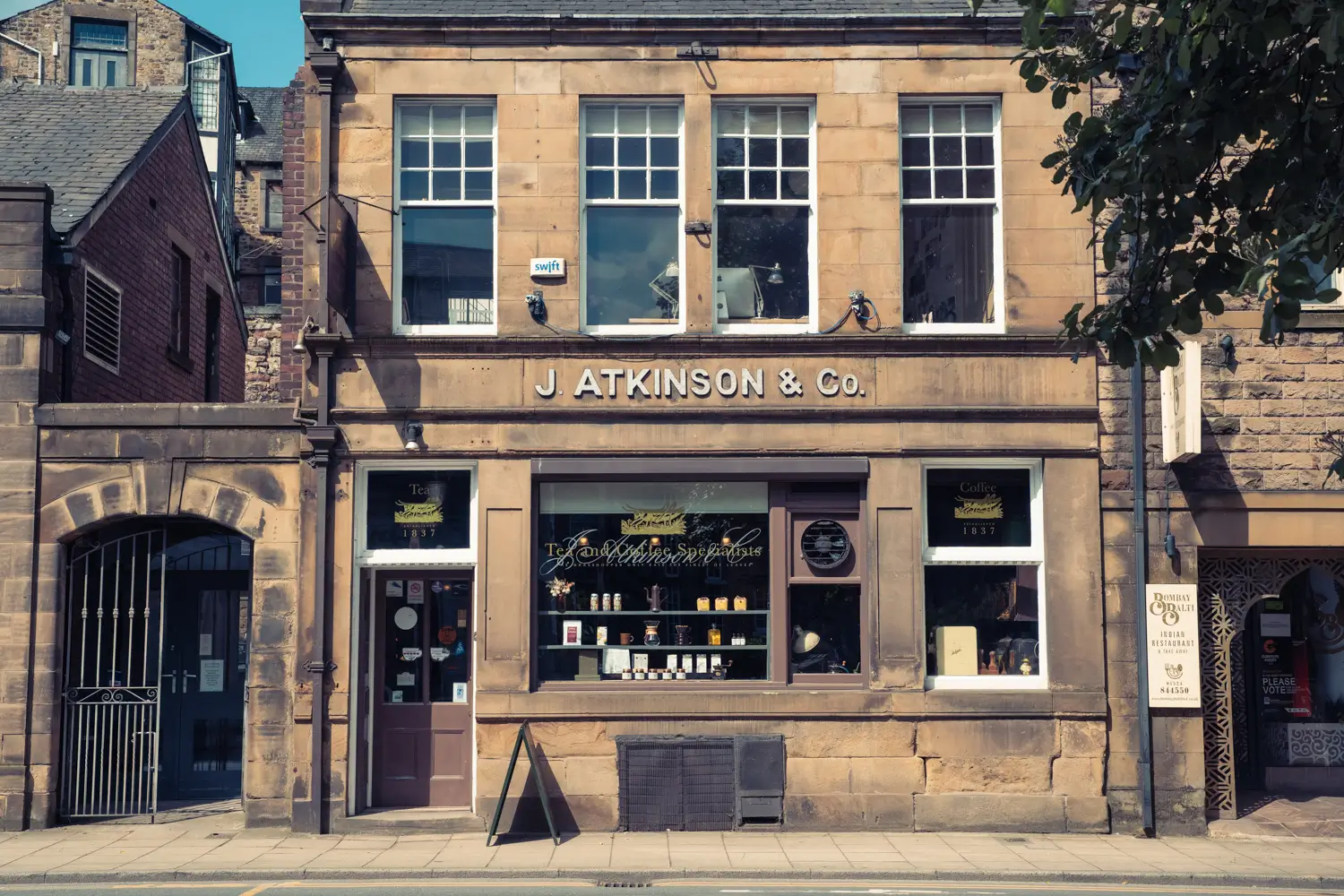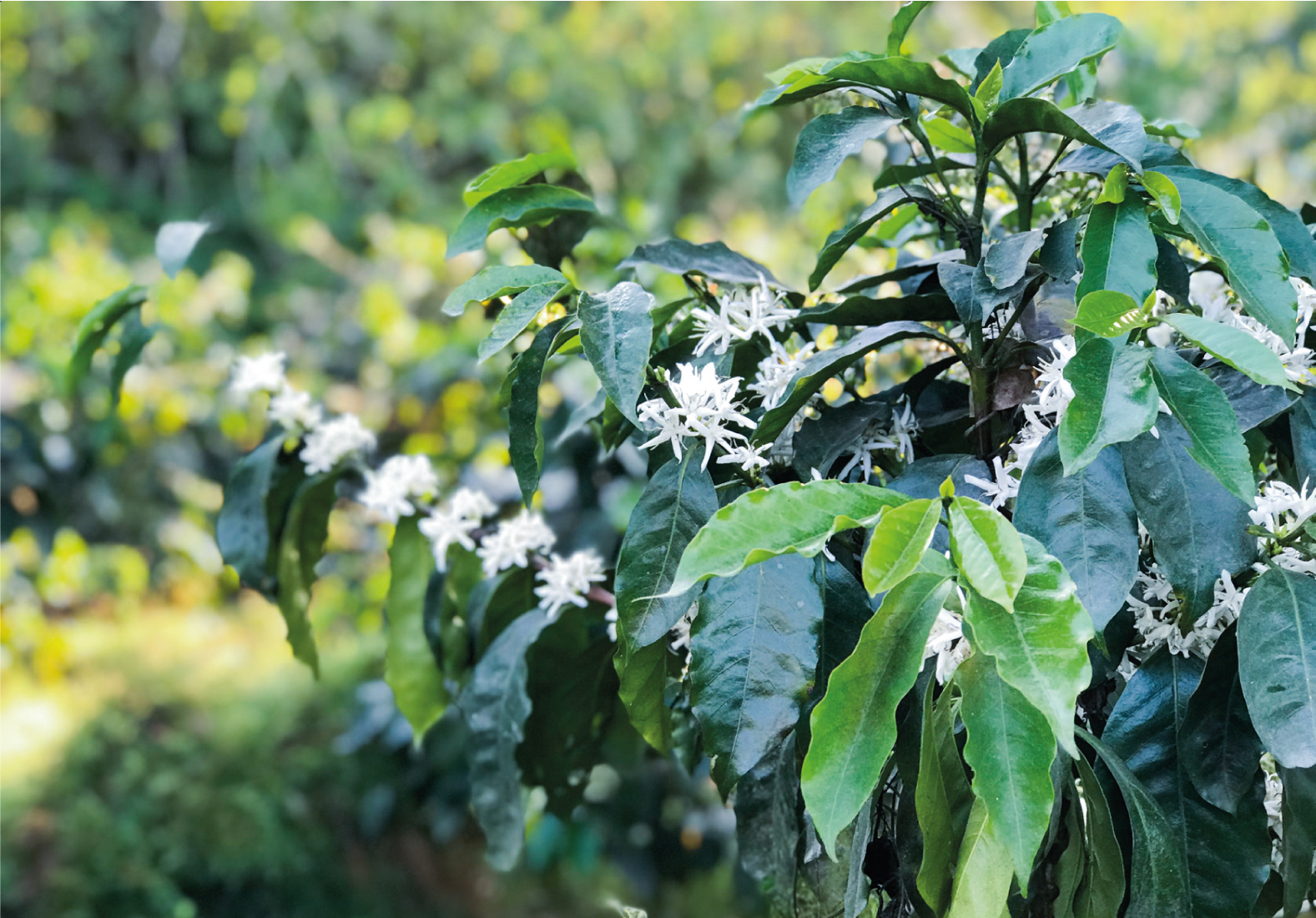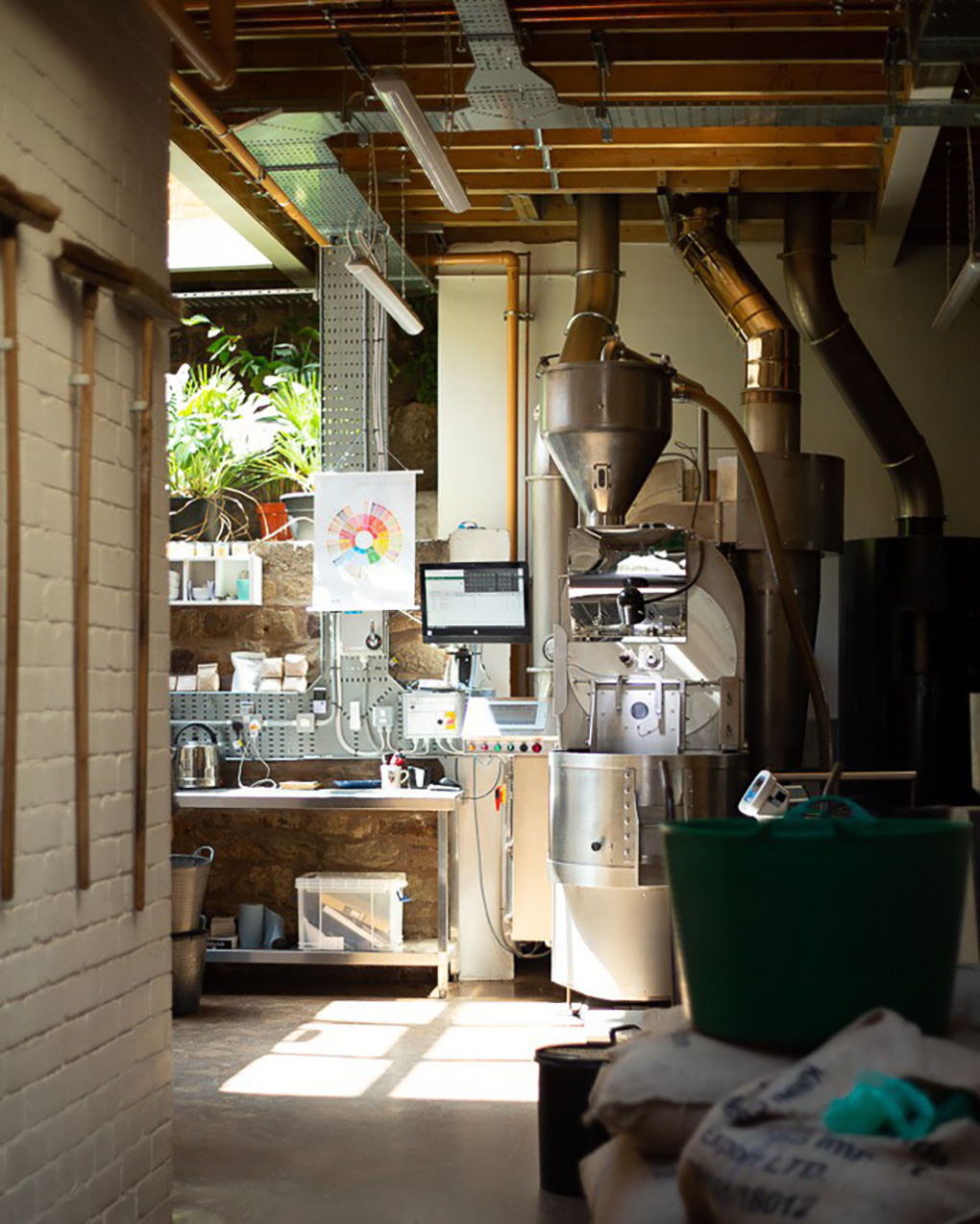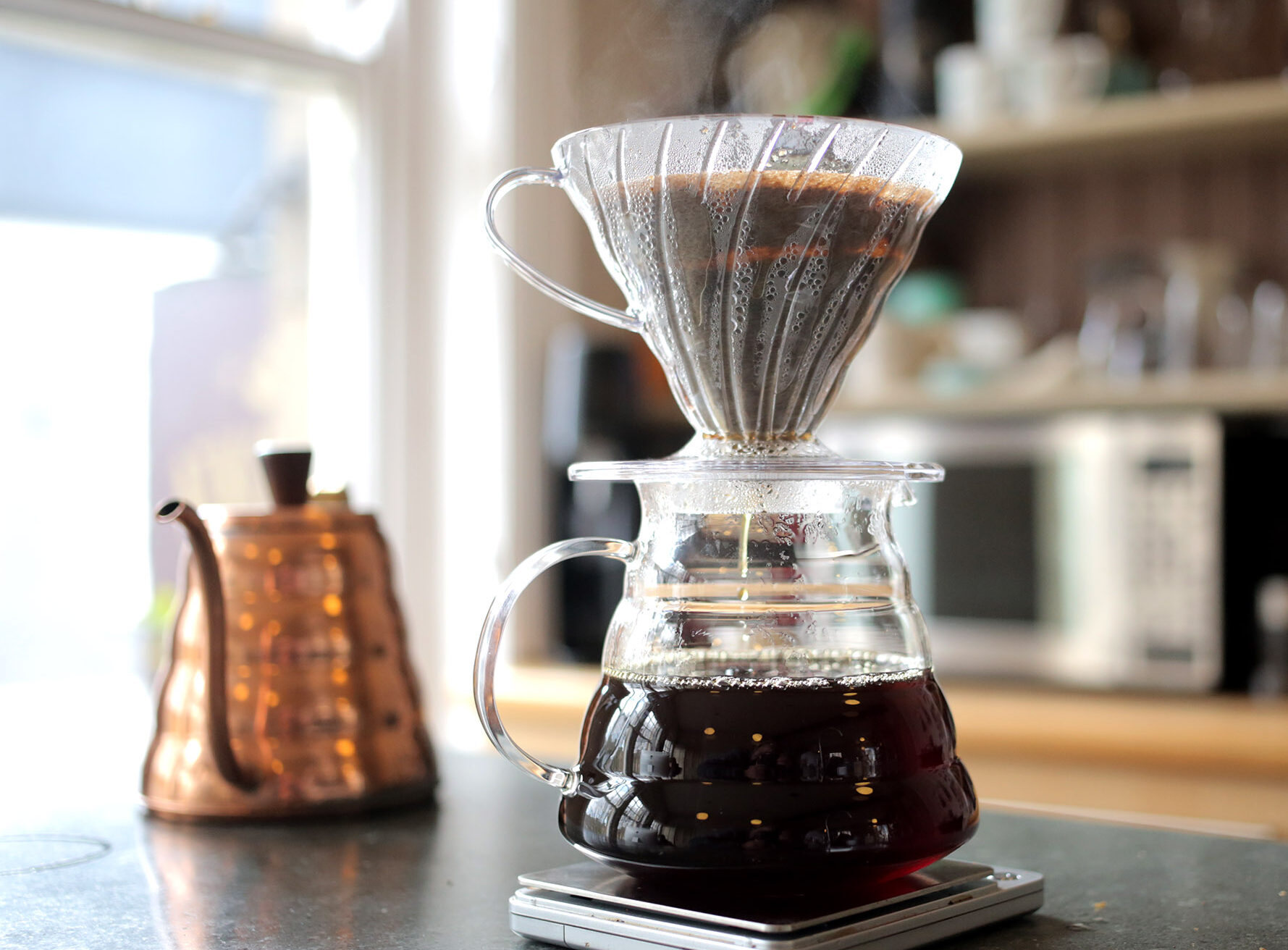Nowadays, of course, we have a wealth of data recorded in the profiles stored in the
Loring, the most advanced, eco-friendly roaster on the market but we still keep the Unos and the Whitmees going, as they are still the best to learn on. The assault on the senses is intensely visceral and gives the roaster a mighty whack in the solar plexus! It gives us a vital connection to the bean and we carry this inwardly digested information over to the stainless steel digital domain of the Loring, so despite basing each roast on a stored profile, when it comes to the crucial decision of when to stop, we stop screen-watching and engage manual override, based on the behaviour of the bean.



